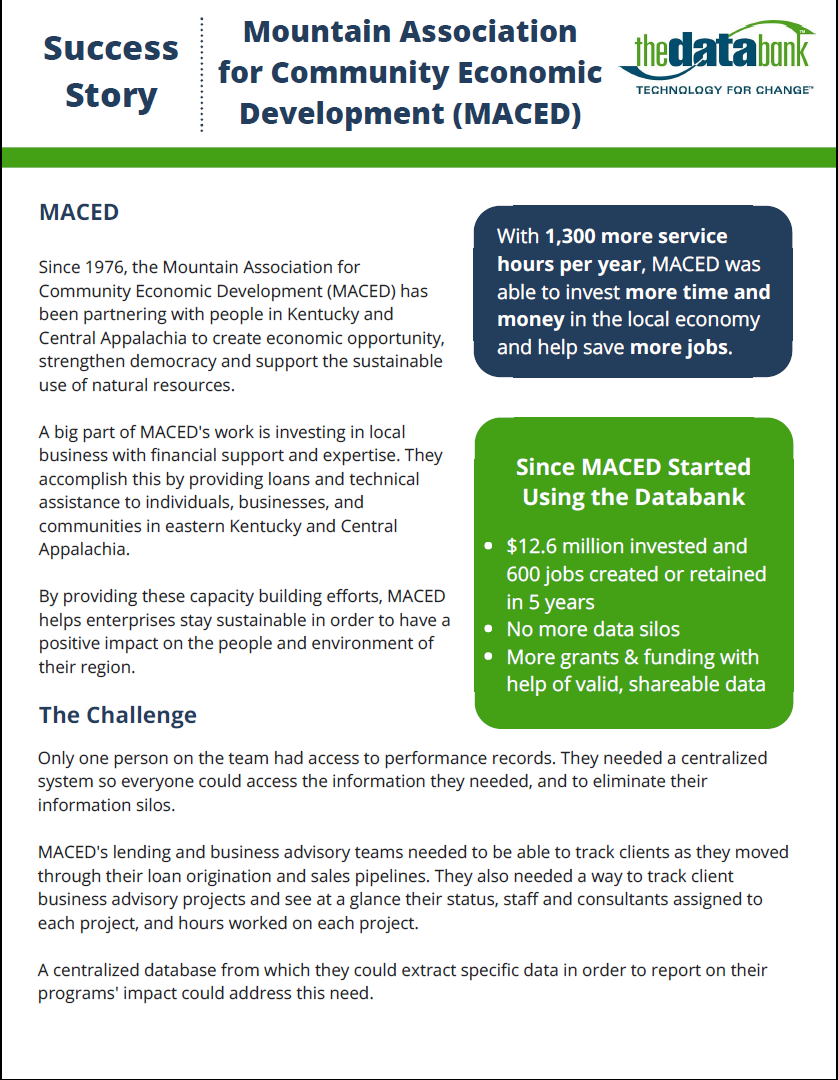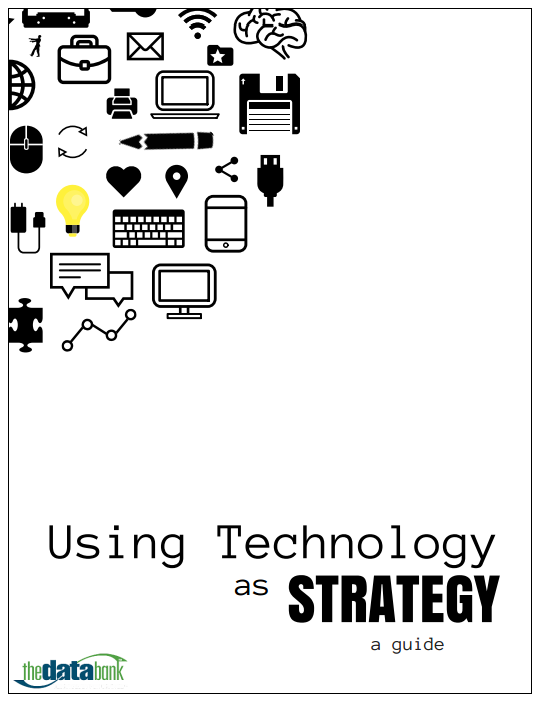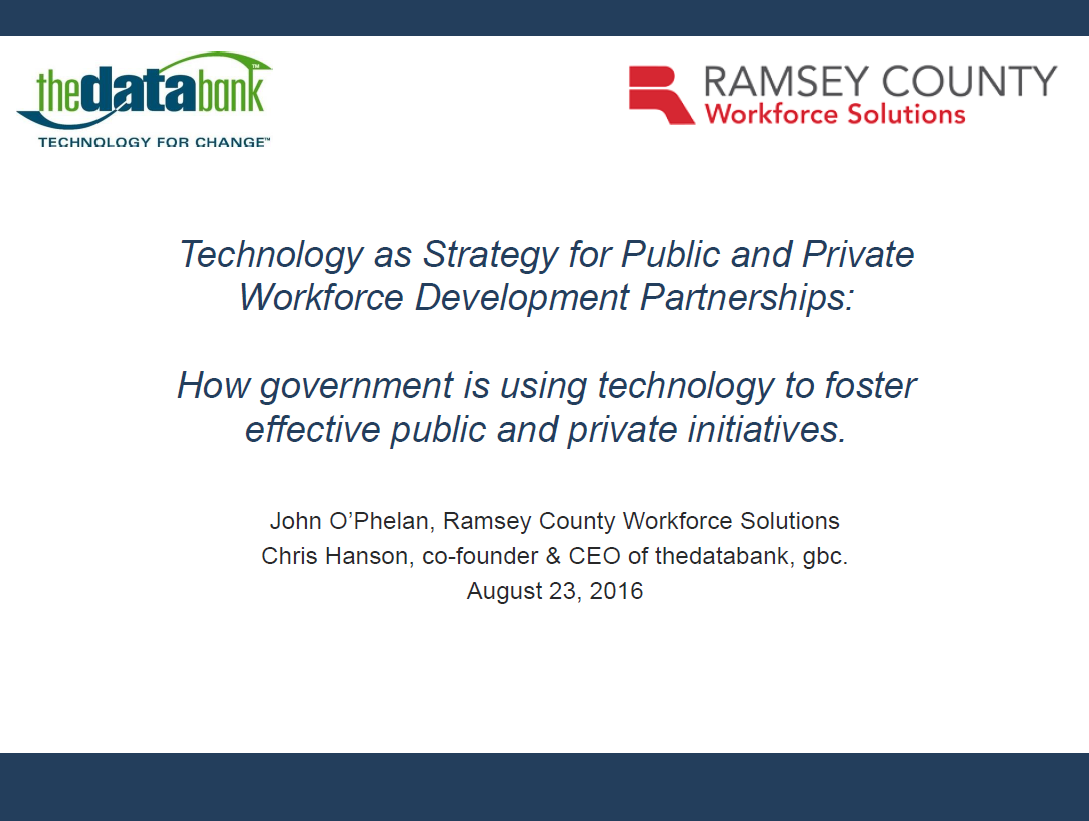Guest post by Colleen Powers, of jabber logic. jabber logic specializes in brand identity and full-service marketing programs for small businesses and nonprofits.
If your job is in development or communications, the year is probably structured around your organization’s big events — fundraising galas, educational panels, appreciation dinners, and more. In our work with nonprofits, we’ve heard many people talk about their events with nerves and stress: What if we lose money? What if people complain about the food? What if we try to change something, and the people who have always supported us turn against us?
In helping our clients navigate these worries, we’ve been inspired by a local Minnesota nonprofit FamilyWise. Our CEO Amee McDonald serves on FamilyWise’s board, and was able to see firsthand how taking a chance on a new event paid off for them. We shared their success story while co-presenting with FamilyWise at the Minnesota Council of Nonprofits’ Fundraising Conference last year. As organizations gear up for their 2016 slate of events, we thought it was an example worth sharing again.
Last year, FamilyWise needed a new way to reach their supporters. The nonprofit had raised money through an annual golf fundraiser in the past, but that event tended to draw traditional corporate partners and sponsors, shutting out some of the organization’s other supporters. The golf outing also lacked a direct connection to FamilyWise’s mission — to strengthen families and keep children safe — and their services, which include mentoring for young parents and wraparound support for families.
“We had all these people that we wanted to connect with and show appreciation for, and our current event just wasn’t designed to do that,” says Ann Gaasch, FamilyWise’s executive director.
The organization needed an event that would allow them to recognize donors, Adopt-a-Family sponsors, volunteers, interns, board members, and staff. They hoped to deepen relationships with both individual and corporate donors through a “feel-good” event. With those target audiences and goals in mind, FamilyWise hosted their first Mini-Golf Tournament in 2015.
FamilyWise’s Minneapolis office was transformed into a mini-golf course, with unique holes designed and built by corporate sponsors. As golfers made their way through the course, they learned more about FamilyWise’s work: interns, board members, and volunteers were trained to engage with attendees and share information at each hole.
Through the event, the organization gathered contact information, signed up 25 new subscribers to their newsletter, and developed five new in-kind donor partnerships with local companies. Staff and interns were engaged and excited in a new way. Donors and volunteers had fun and left with a stronger connection to FamilyWise’s work. Thanks to the first event’s success, FamilyWise hosted a second tournament this January.
If you’re planning a fundraising event for later this year, your organization may be facing the same questions as FamilyWise: Who do we need to reach with this event, and what will get those people’s attention? How can we make this fun, while still reminding people of our mission?
Audience and goals
The insight that led FamilyWise to introduce the Mini-Golf Tournament was that they had audiences — volunteers, staff, interns, and many of their donors — that weren’t being served by their other events. The idea for the new event also came out of clear goals: thanking people for their support with a feel-good non-fundraiser, and helping supporters connect more strongly to the organization’s mission.
“Once we started thinking about how to reach these specific people, it became really fun to imagine the possibilities,” Ann says.
To determine the best approach for your event, start with your audiences:
- Write down all of the people you work with and serve – be specific! Break down your audiences into groups — social media advocates, major givers, one-time donors, etc.
- Write down what you know about each of those audiences. How old are they? What kinds of work do they do? What do they like to do in their free time? What do they care about? Of course you will make some generalizations here, but again, try to be specific.
- For each audience, write down what you want them to do. Donate? Volunteer? Post about you on social media? You may be tempted to just say “all of the above,” but try to think through what you ask for specifically from each of these audiences.
- Now, write down what the audience wants. Do they want to be recognized for their contributions? Have a public connection to your organization? Have fun while feeling happy about donating to a good cause? Think through why they choose to interact with your nonprofit, and what they want to get out of the relationship.
Take a moment to write down your goals in relation to your audiences. If your event is targeted toward major donors, you’ll have different goals than if it’s targeted to volunteers. Think about how many people you want to attend, how much money you need to raise, and what you want people to know or feel about your organization after they attend.
“Audience has to come first,” explains Amee McDonald of jabber logic. “You can’t expect people to come to an event and have a positive experience if you’re not thinking about what they want.”
Planning a campaign
As with any event, you will have dozens of details to determine: venue, program, food and drink, emcee, decor, sponsors, etc. You may be able to creatively involve your audiences in the planning and lead-up to the event: For example, FamilyWise engaged corporate partners to create the mini-golf holes at their event.
No matter what your plan is, however, you will want to market your event with a coordinated campaign. Ideally, you should start planning at least 6 months ahead of time. Even if you don’t have that much of a window, it is important to map out when and how you will share the event on each of your channels.
“Using a calendar to plan out a coordinated campaign really allows you to be strategic, and keeps you from panicking as the event gets closer,” says Amee. “You can see how everything you’re doing is working together to accomplish your goals.”
On a calendar template or spreadsheet, note when you will promote the event on your website, email, print newsletter, social media, and so on.
Event messaging
Because you’ll be promoting your event across many channels, it’s important to have a strong message that you use consistently. As you start to put together your marketing plan for the event, go back to your audiences. Consider again:
- Which aspects of the event are they most likely to care about and respond to?
- What kind of language and tone will resonate with them?
- On which channels (email, social media, etc.) are they most likely to be engaged?
FamilyWise promoted the Mini-Golf Tournament with the tagline “Golf in January? You betcha!” The line referred to the organization’s traditional golf classic, indicating that this new event was a twist on the old. Its playful tone spoke to the event’s feel-good nature, inviting audiences into the fun. The event invitation also explained that this was an “appreciation” event, focusing on thanking supporters.
The success of the Mini-Golf Tournament shows that with thoughtful planning and clear messaging, a fresh new event can generate attention, excitement and support for a nonprofit.
Questions? Contact: Amee McDonald, jabber logic, amee@jabberlogic.com.

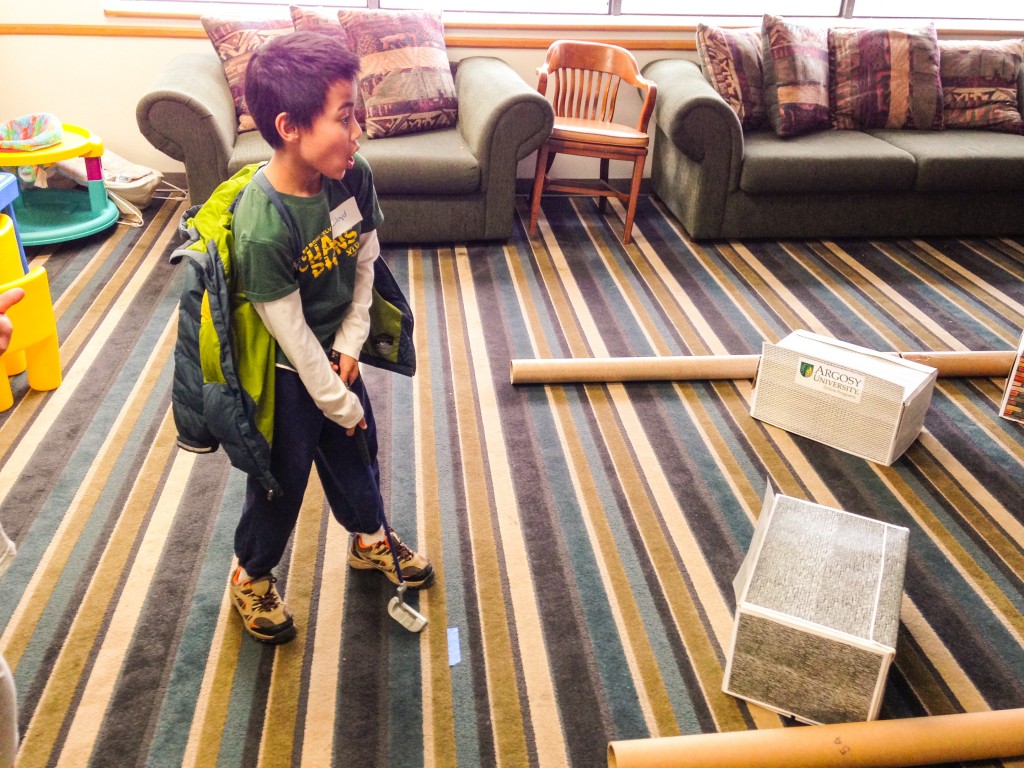
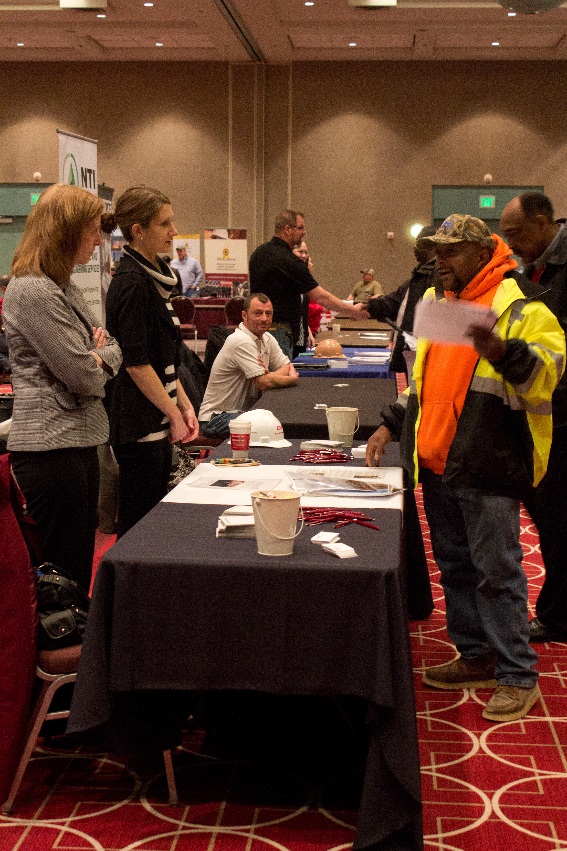
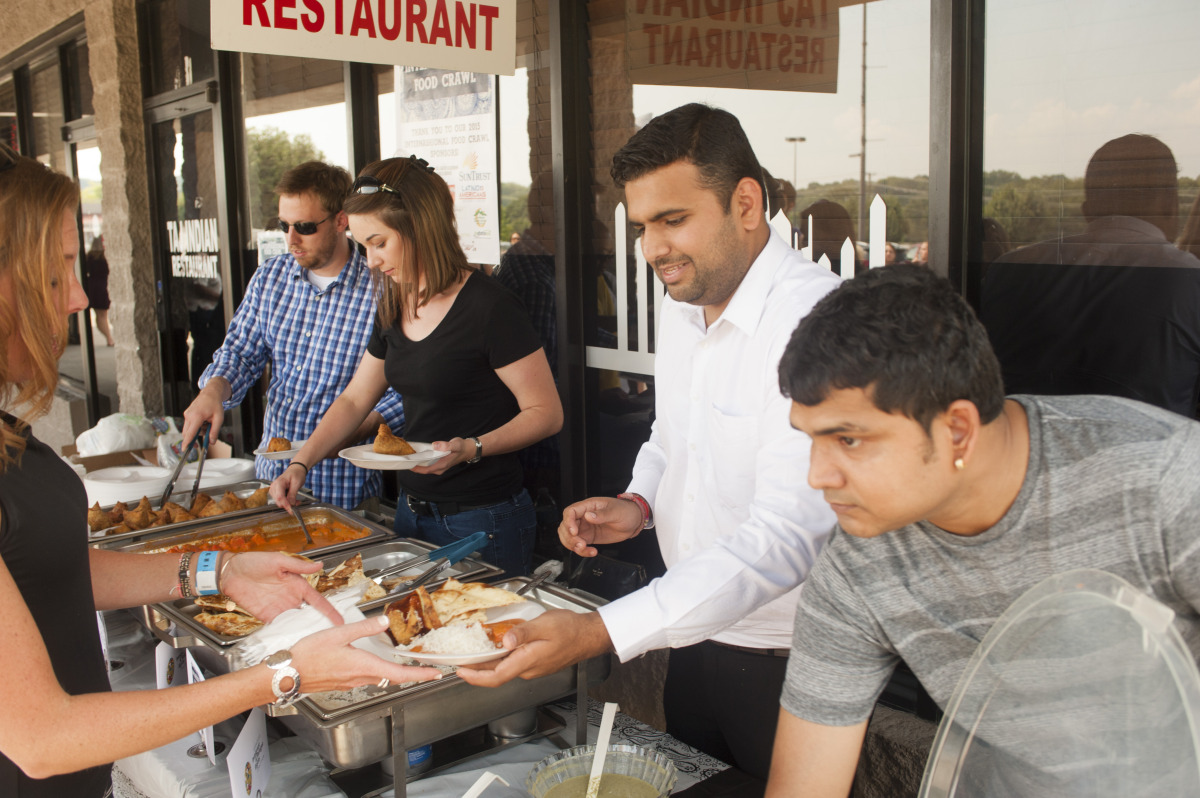
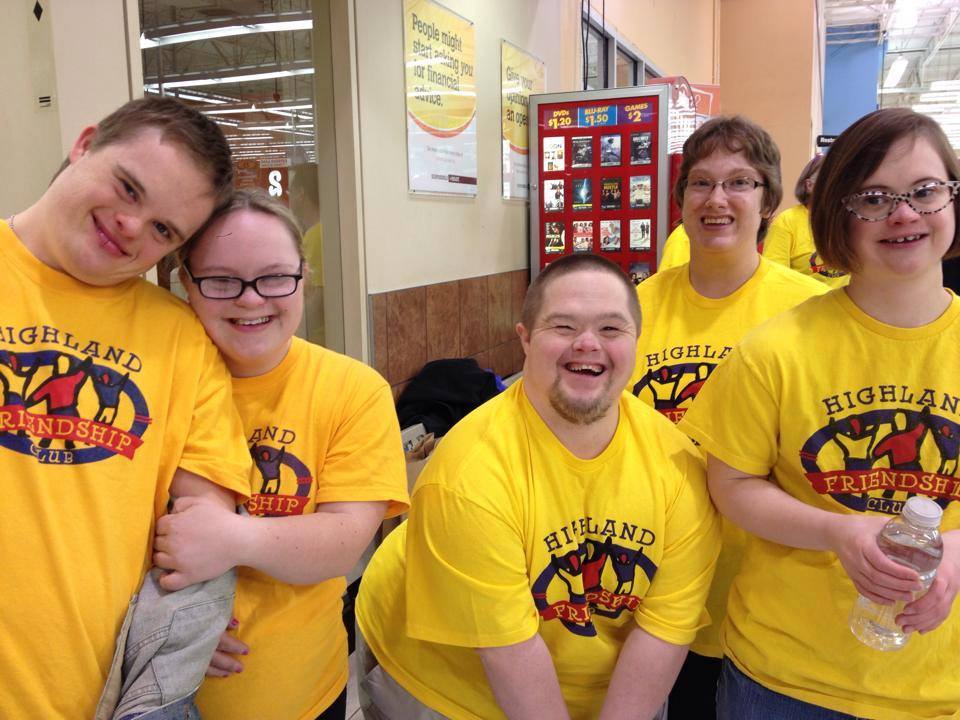
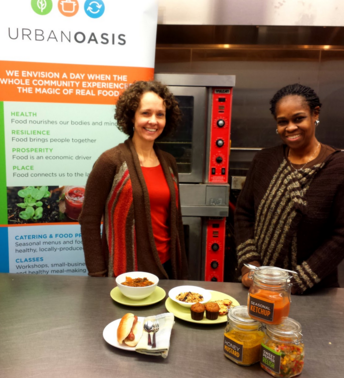
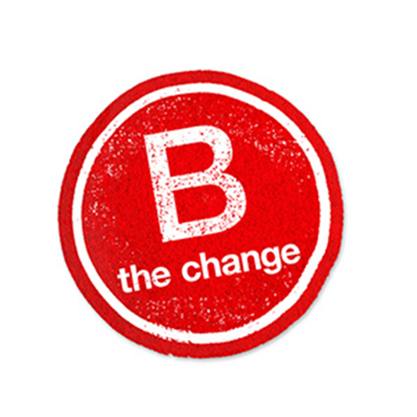
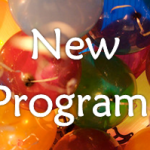

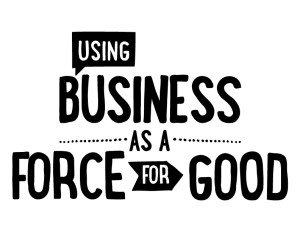
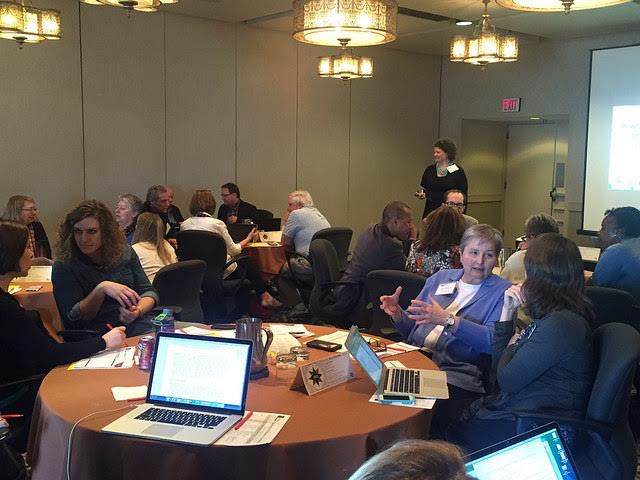
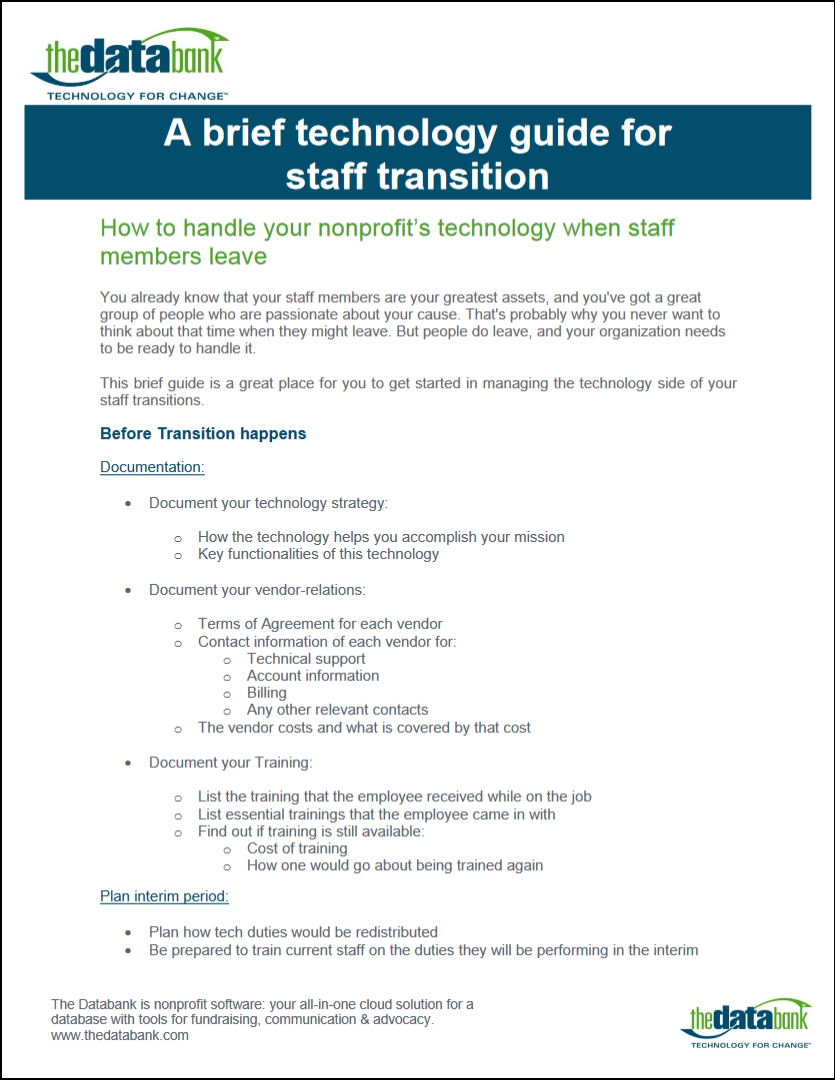
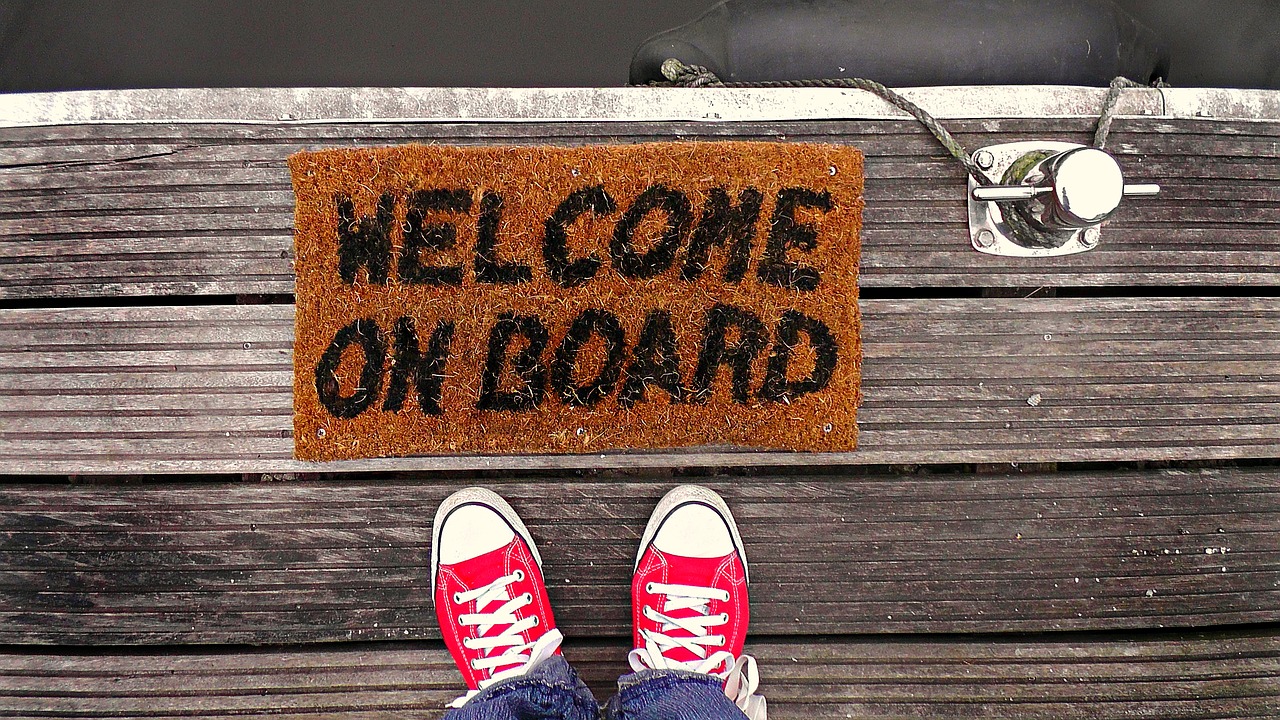
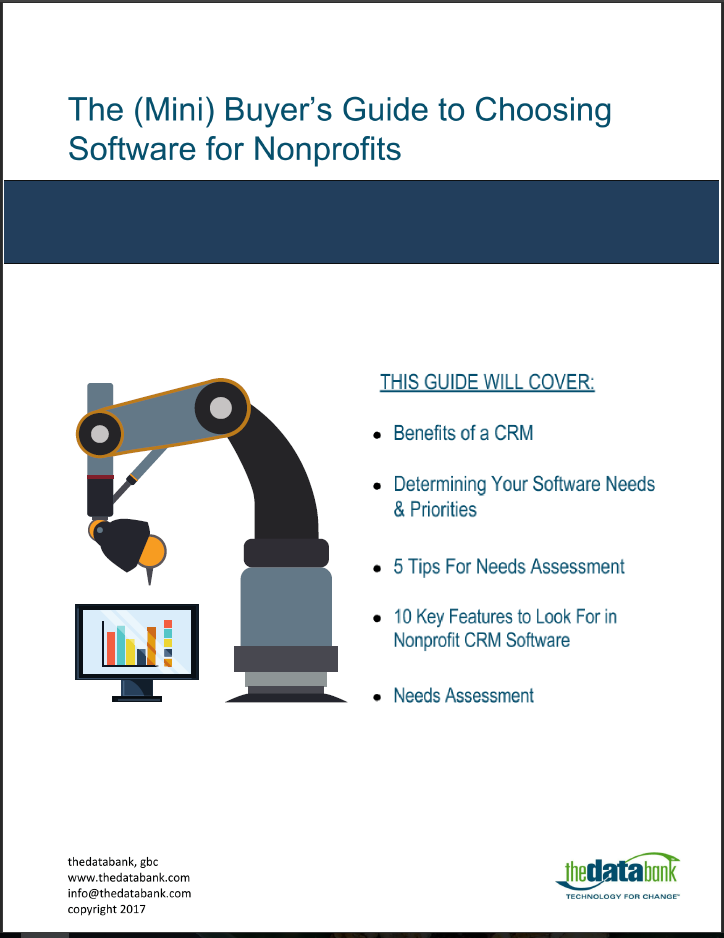
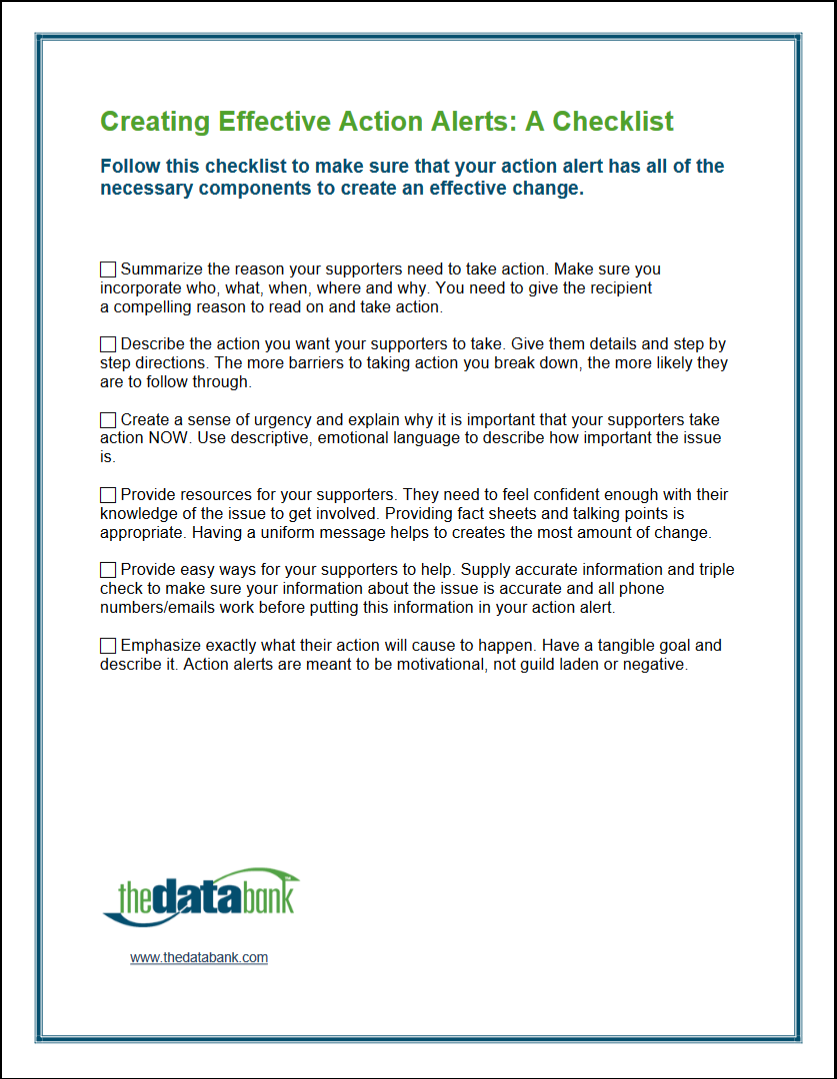

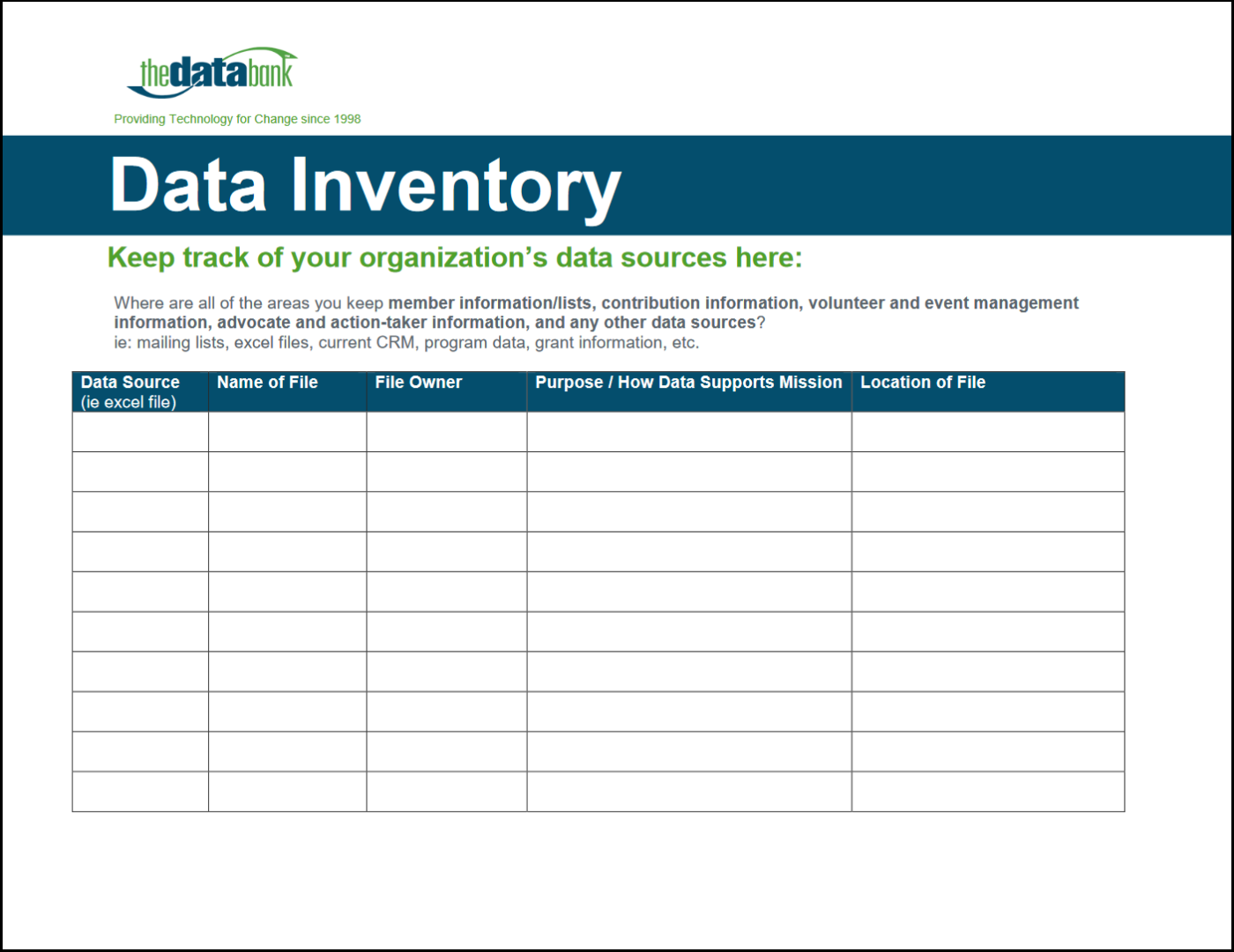

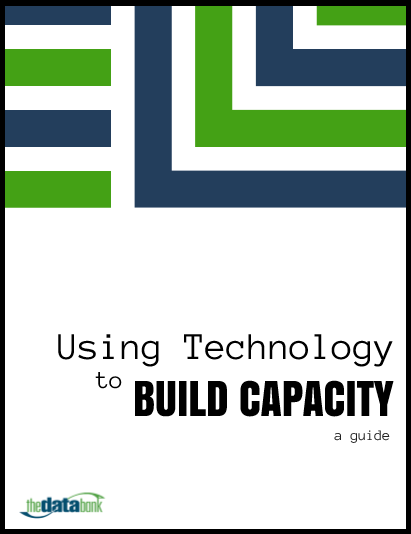
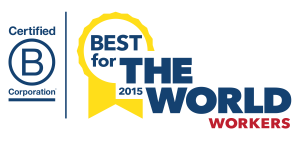

 thedatabank, gbc is technology for change, and we walk the talk.
thedatabank, gbc is technology for change, and we walk the talk. 